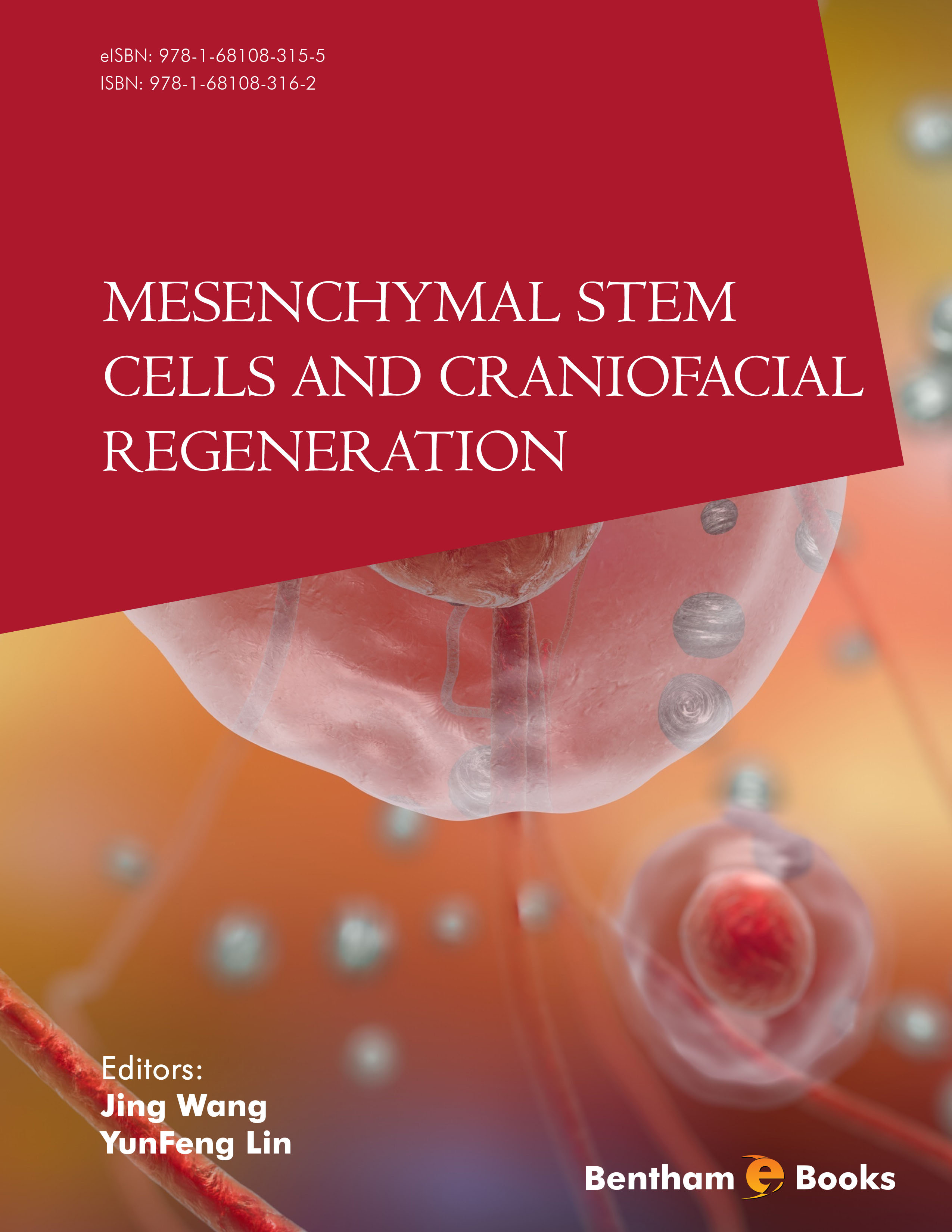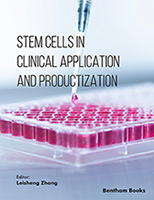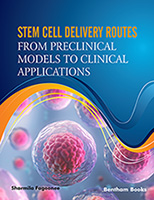In humans, tooth loss cannot only lead to physical and mental suffering, but also affect the aesthetics, which compromise an individual’s self-esteem and life quality. There are several dental diseases that can eventually result in tooth loss. With the development of tissue engineering, regenerating a whole tooth is now considered a promising strategyto treat tooth loss.
In addition, cranial and maxillofacial trauma is notoriously difficult to repair and presents a significant burden to the healthcare system. Current therapies usually utilize autologous tissue transplantation and artificial composite material reparation. However, limitations exist. Tissue engineering as an alternative to autologous transplantation provides new hope for restoration and reconstruction of missing tissue and avoids immunosuppression. It has been used to successfully regenerate many tissue types, such as bone and cartilage. The aim of regenerative medicine is to restore and replace tissue that has been damaged or lost through trauma.
Tissue engineering is an interdisciplinary technique that creates a biological substitute through application of the principles of engineering to biology and medicine to restore, maintain, and improve tissue function. The emerging discipline of regenerative medicine and tissue engineering is committed to a rational approach to maintain and preserve the microenvironment, which is based on growth factors for tissue induction, stem cells, and scaffolds.
Stem cell-based tissue engineering approaches have the capacity to regenerate damaged and diseased tissues. Induced pluripotent stem cell ( iPS) cells are a type of pluripotent stem cell that is generated from somatic cells, contrary to natural course of cell differentiation. iPS cells are derived from differentiated cells or tissue, reprogrammed to an embryonic-like state. Reprogrammed human induced pluripotent stem cells (hiPS) are similar to human embryonic stem (hES) cells in many aspects, such as morphology, epigenetic status of pluripotent genes, surface antigen expression, telomerase activity and proliferation rate.
Mesenchymal Stromal Progenitor/Stem Cells (MSCs) are not a large rare population of non-hematopoietic stromal cells.They are present in the bone marrow and most connective tissues. MSCs can be isolated from a variety of tissues, such as endometrial polyps, umbilical cord, endometrial polyps, adipose tissue, menses blood, bone marrow, adipose tissue, etc. These sources are most practical for experimental and possible clinical applications due to the ease of harvest and large obtainable quantity. In recent decades, cell sheet technology (CST) has been exploited as a novel promising scaffold-free approach for cell culturing and delivering in tissue regeneration. Studies have demonstrated that MSCs facilitate cell viability and function in the CST co-culture system to improve transplantation efficiency. There are extensive interests in developing strategies to enhance the formation of cell sheets with MSC for downstream applications.
Growth factors are naturally occurring proteins induced by cell surface receptor-mediated chemokines, mitosis, and angiogenesis. They participate in the growth, development, repair, reconstruction, and regeneration of tissues and organs
The scaffold is a key factor in tissue regeneration. It provides a desired three-dimensional (3D) space that allows stem cells to adhere, proliferate, migrate, and differentiate. In the field of regenerative medicine and tissue engineering, biomaterials are critical for the encouragement and maintenance of biological activities. Scaffolds can be cell-instructive, structural and fabricated from smart materials. Design considerations include the creation of well-defined materials, cell-material interactions, and controlled-release bioactive agents. Since three-dimensional printing (3DP) technology was first invented in 1980s, it has been used in a range of fields, including architecture, manufacturing, engineering, education and medicine. In dentistry, 3DP provides a rapid and precise technology that helps diagnosis, treatment planning and treatment of various dental diseases. In craniofacial regeneration, 3DP helps to design and fabricate dental prosthesis and implants, and it also improves craniofacial tissue engineering. Not only scaffolds can be fabricated by 3DP, biologics such as stem cells and growth factors can also be delivered. Thus, 3DP technology has become a major tool in craniofacial regeneration.
Overall this book brings together research spanning from diverse backgrounds ranging from materials science and engineering, biology and clinical medicine, to discuss various aspects of craniofacial and dental regeneration. We hope this book will add further insight for basic and applied researchers as well as clinicians involved in tissue engineering and regenerative medicine, thus contributing to further advances in dental medicine.
This book provides an in-depth overview of current knowledge about mesenchymal stem cell and its applicant in craniofacial regeneration, including concepts and features of mesenchymal stem cells, induced pluripotent stem cells,craniofacial regeneration, new methods on scaffold fabrication, tooth regeneration and three-dimensional printing in dentistry. We sincerely hope that the publication of this book will provide an overview for researches and clinician who are concentrated on the field related to this promising subject .
Jing Wang
Department of Stomatology
Shanghai Tenth People's Hospital
Tongji University School of Medicine
P.R. China
&
YunFeng Lin
State Key Laboratory of Oral Diseases
West China School of Stomatology
Sichuan University
China





